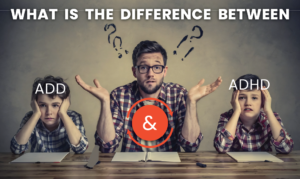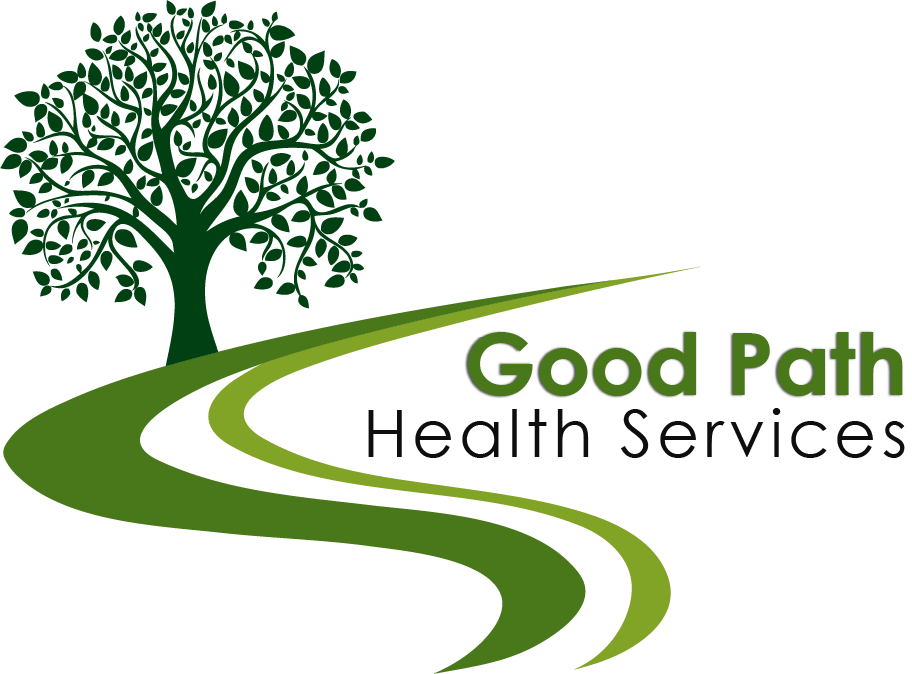
Grasping the slight differences of Attention Deficit Disorder (ADD) and Attention Deficit Hyperactivity Disorder (ADHD) takes practice, especially in the mental health world.
Both can disrupt people’s lives.
This blog’s purpose is to make the differences between ADD and ADHD clear as day, talking about what signs to look for and how these are discovered and handled.
It provides helpful understanding for those dealing with these conditions and their close ones.
What Is the Difference Between ADD and ADHD? – ADD vs. ADHD
- ADD (Attention Deficit Disorder): ADD, an acronym for Attention Deficit Disorder, once described people who struggled with focusing, without the added aspects of hyperactivity and impulsiveness, often seen in ADHD. Today, ADD is an outmoded term, part of the larger ADHD umbrella.
- ADHD (Attention Deficit Hyperactivity Disorder): ADHD is a neurodevelopmental disorder marked by a mix of inattention, hyperactivity, and impulsivity. It’s now the official, updated term. It encompasses a range of presentations, including the condition previously referred to as ADD.
Differences in Symptoms and Behaviors
Inattentive Presentation (formerly ADD):
- Difficulty sustaining attention
- Easily distracted
- Frequent forgetfulness
- Poor organizational skills
- Tendency to daydream
Hyperactive-Impulsive Presentation:
- Fidgeting and restlessness
- Difficulty remaining seated
- Excessive talking
- Impulsive decision-making
- Interrupting others during conversations
Combined Presentation:
- Displays signs of both inattention and hyperactivity-impulsivity
How They Are Diagnosed Differently
Usually, determining a diagnosis needs a full check-up. This includes:
- A thorough review of medical and behavioral past
- Parents, teachers, or employers might give their input
- Standard forms and questionnaires are used
- Also, doctors who specialize in mental health like psychologists, psychiatrists, and pediatricians observe
Common Misconceptions
Addressing Misconceptions About ADD and ADHD
- Myth: ADHD exists only in children.
- Fact: Adults can have ADHD too, impacting their daily life and job.
- Myth: ADHD is a cover-up for laziness.
- Fact: ADHD is a real neurodevelopmental disorder that needs the right diagnosis and care.
- Myth: Everyone with ADHD is always hyperactive.
- Fact: A number of people, specifically those showing signs of inattentiveness, don’t display hyperactive behaviors.
Importance of Accurate Understanding
Correct knowledge aids in improved care and healing. Misconceptions can delay appropriate assistance and strengthen the negative stereotypes associated with mental health disorders.
Impact on Daily Life
Personal Life
- Challenges maintaining relationships
- Difficulty managing time and responsibilities
- Struggles with self-esteem and motivation
Professional Life
- Trouble meeting deadlines
- Difficulty focusing on tasks
- Issues with workplace organization
Strategies for Managing Symptoms
- Creating routines and schedules
- Using organizational tools (e.g., planners, apps)
- Getting therapy and coaching for skill-building
Treatment Options
Overview of Available Treatments
1. Medication:
- Stimulants (e.g., methylphenidate, amphetamines)
- Non-stimulants (e.g., atomoxetine, guanfacine)
2. Therapy:
- Cognitive Behavioral Therapy (CBT)
- Behavioral interventions
3. Lifestyle Changes:
- Regular exercise
- Healthy diet
- Mindfulness and meditation practices
Importance of Personalized Treatment Plans
Everyone’s journey with ADHD is distinct. There’s a need for custom strategies that cater to their unique symptoms and demands.
Also See:
- How to Manage ADHD Without Medication?
- How to Get Diagnosed for ADHD?
- A Radical Guide for Women With ADHD
Supporting Loved Ones
Guidance for Family and Friends
- Educate yourself about ADHD
- Be patient and understanding
- Offer practical help with organization and time management
Creating a Supportive Environment
- Minimize distractions
- Encourage regular breaks
- Encourage positive reinforcement and encouragement
Looking to the Future
Advances in Understanding and Treatment
Research never rests and continues in the field of ADHD. This consistent effort is bettering our understanding and providing more accurate diagnosis methods and improved treatments.
Exciting, new treatment methods such as digital therapeutics and neurofeedback are showing bright prospects.
Importance of Ongoing Research and Support
It’s crucial to underscore the role of ongoing studies. These investigations play a pivotal role in forging fresh treatments and enhancing life quality for ADHD individuals. Forming supportive communities and advocating for ADHD transforms perceptions, raising awareness while curbing stigma.
Conclusion
So, knowing the differences between ADD and ADHD is essential for proper identification and the best strategies.
Both affect everyday living a lot. But, with the right help and care, and people can live life to the fullest.
Think you or a family member might have ADHD? Get professional advice and tap into local support groups.
It’s our hope that everyone with an interest in mental health stays updated and pushes for more study and insight.
For more resources, support and treatment, reach out directly to us at Good Path Health Services today.
FAQs
ADHD acronym?
ADHD stands for Attention Deficit Hyperactivity Disorder.
ADD acronym?
ADD stands for Attention Deficit Disorder.
Which of the following statements about ADHD is true?
ADHD impacts both children and adults, showing signs of inattention, hyperactivity, and impulsivity.
What is an ADD type?
ADD is a subtype of ADHD primarily characterized by inattention without hyperactivity.
What is the difference between ADD and ADHD?
ADD is an outdated term that refers to ADHD without hyperactivity. ADHD includes symptoms of hyperactivity and impulsiveness.
What are ADD personality types?
ADD personality types include people who are easily distracted, disorganized and have difficulty focusing on tasks.



